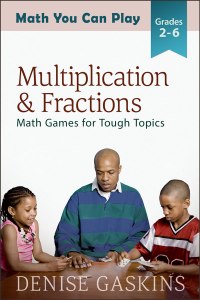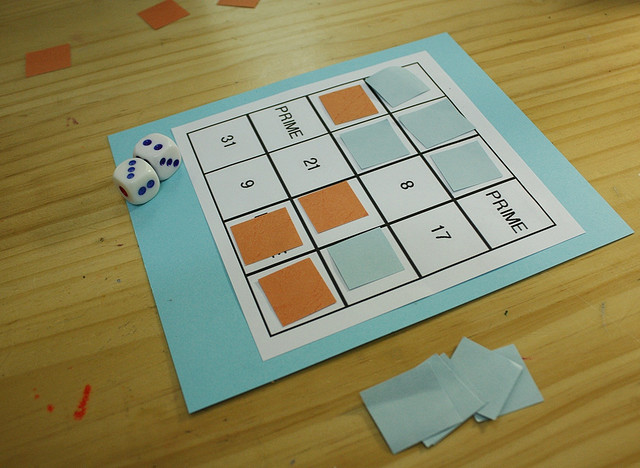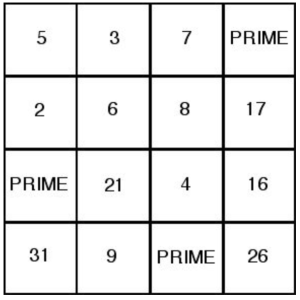 Help children review times-table facts while they practice the inverse relationship between multiplication and division.
Help children review times-table facts while they practice the inverse relationship between multiplication and division.
Salute may be the only game in my books where speed is a factor. Players should be closely matched in their skill level — or use the House Rule that calls for taking turns.
“Salute” is an excerpt from Multiplication & Fractions: Math Games for Tough Topics, available as an ebook at my bookstore (Thank you for cutting out the middleman!) and in ebook or paperback through many online retailers. Read more about my playful math books here.
The Math Game Monday posts will be available for one week only. If you missed this one, explore the Topic Tag links in the sidebar. There are more than forty free games scattered around the blog. Have fun playing math with your kids!









